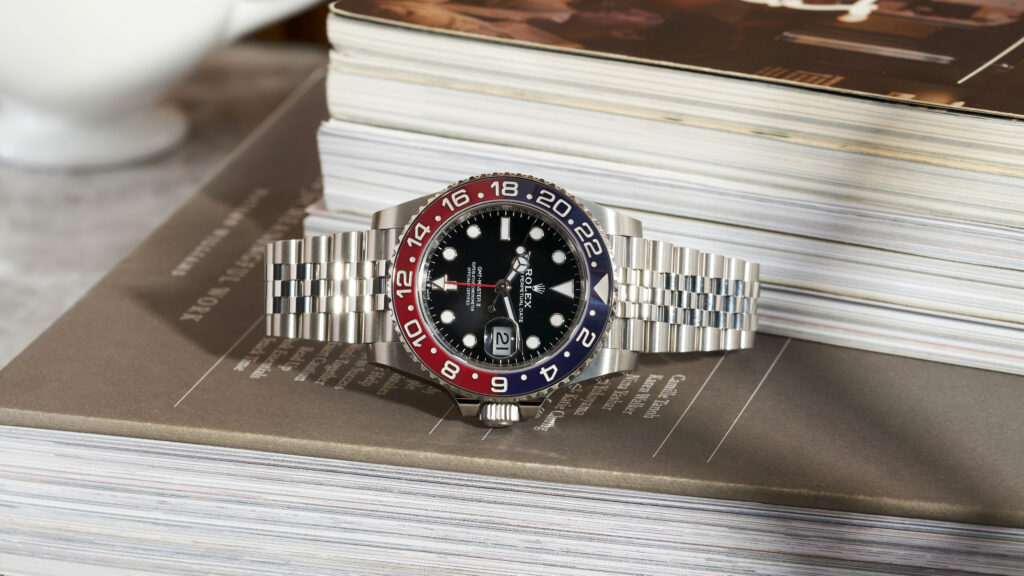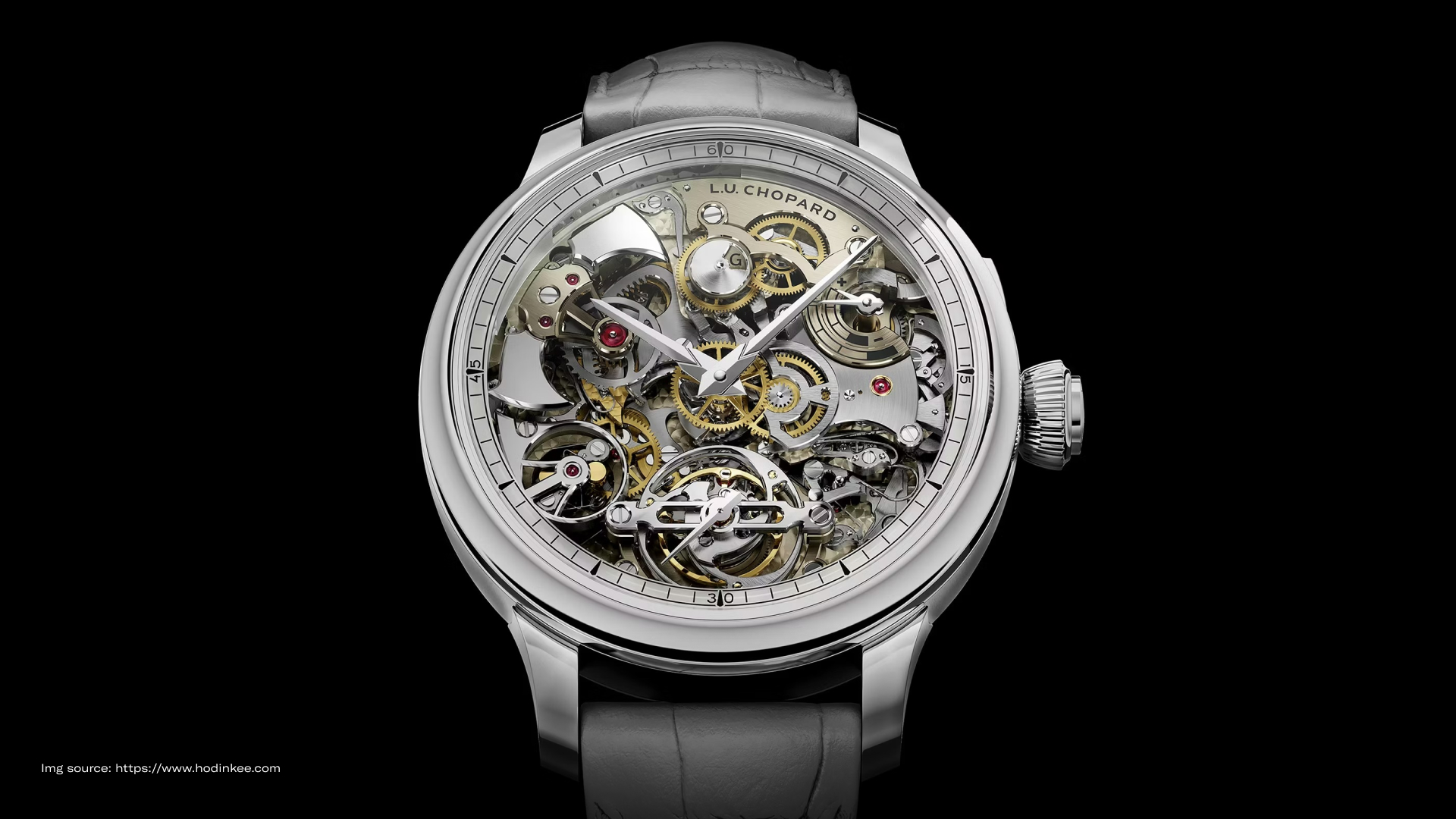Over the past few months, there has been a noticeable decline in the secondary market for luxury watches, and this trend has persisted for nearly a year now, affecting brands like Rolex as well.
Rolex stands out as one of the most actively traded watches in this market. Consequently, it tends to be the first to feel the positive or negative effects of shifts in supply and demand among collectors and sellers.
Understanding the current dynamics of the secondary market is crucial, given Rolex’s prominent position in this arena.
Table of Contents
ToggleWhich Rolex Models are on the Rise in the Secondary Market?
Several popular Rolex models have experienced a decline in the secondary market, including the Daytona 116500LN, Submariner Date 126610L, and the GMT Batman 126710BLNR.
However, as per Watch Analytics, there are still models showing growth, such as the Milgauss and the GMT Pepsi.
1. Rolex GMT Master II 126710BLRO
For months, speculation has been circulating on various forums regarding the high failure rate in producing the iconic blue and red 24-hour GMT bezel, or Rolex Pepsi. There’s talk that Rolex may be considering removing the watch from its catalog as early as next year.
This speculation gains credibility from the observed decrease in these watches appearing on the secondary market, suggesting a potential decline in sales at official retailers and production issues.
However, it’s essential to note that this information remains unconfirmed as Rolex has yet to make any official announcement regarding these rumors.

Adding to the intrigue, in 2022, Rolex filed a patent for a red and black ceramic bezel, indicating efforts to address the challenges with the color combination on the bezel, resulting in a more robust design.
However, producing the blue/red color combination may still pose difficulties with this new patent.
The possibility of GMT Pepsi‘s departure at Watch & Wonders 2024 is increasingly being discussed, causing a stir in the market—the noticeable uptick in market prices since August 2023 further fuels speculation. Prices have continued to rise steadily, experiencing an 8% increase over the last six months.
2. Rolex Milgauss
In April of last year, Rolex decided to discontinue the latest reference of the Rolex Milgauss. The Milgauss had been in production since 2007, making it one of the longest-standing models in the modern era of the brand.
The absence of this historic model, which was first introduced in 1956, was felt after last year’s fair. It was one of Rolex’s most iconic models and one of the most recognizable, with its distinctive green glass and lightning bolt seconds hand.
Since its discontinuation, this model has shown remarkable growth, outperforming most other Rolexes. Following its discontinuation, the reference 116400GV with a black dial saw a significant surge in demand.
Speculation surrounds this sudden growth, as evidenced by a slight price decrease in the months following the peak.
However, the value has remained relatively stable, indicating increasing interest in this reference due to its historical significance, unique features, and discontinued status.
Given these factors, it’s surprising that Rolex would choose to part with such a long-standing reference.
To gauge the direction of the secondary market, we’ll have to wait for the Watches & Wonders event. This annual gathering is pivotal, marking the introduction of new references and the discontinuation of existing models.
Such announcements often have a significant impact on prices. This year, amid slight declines in nearly all watches, the event holds even greater importance.
It’s the sole factor that could alter the fortunes of timepieces, much like what we’re witnessing with the Milgauss and Pepsi models.












